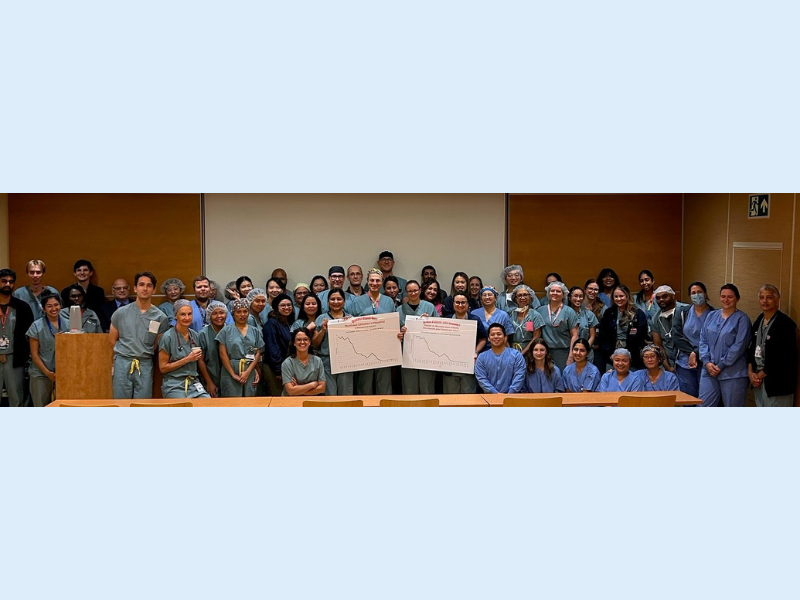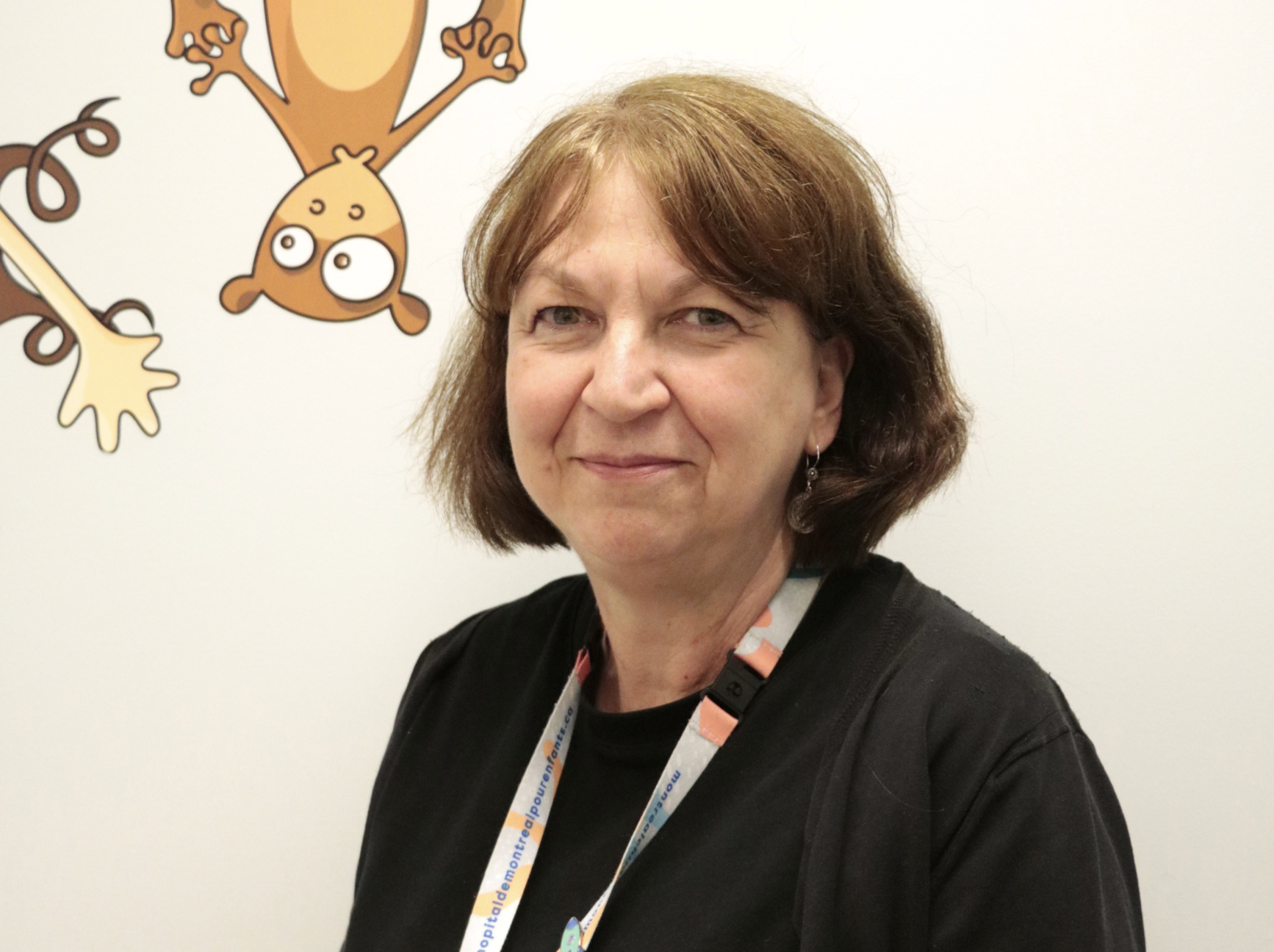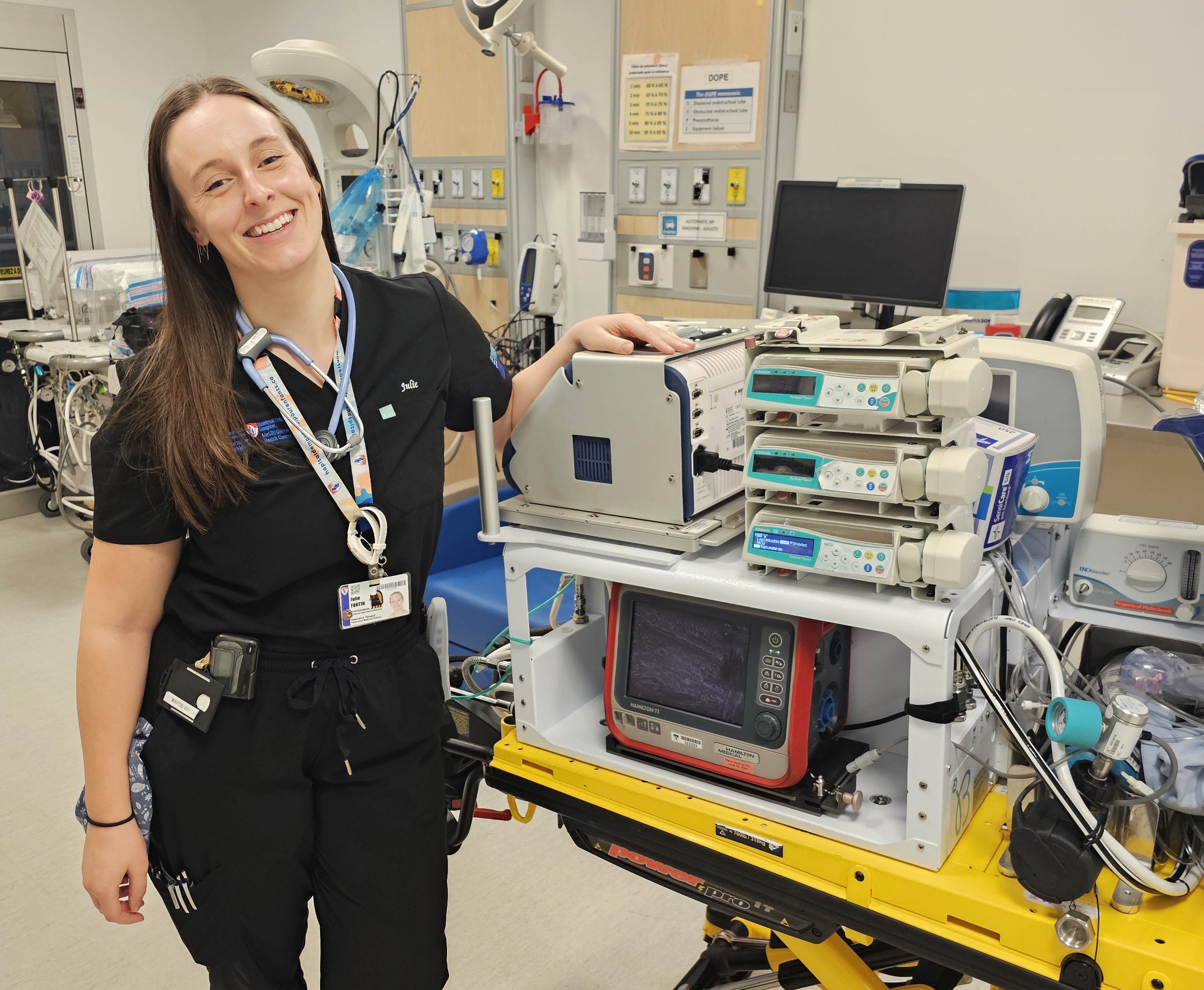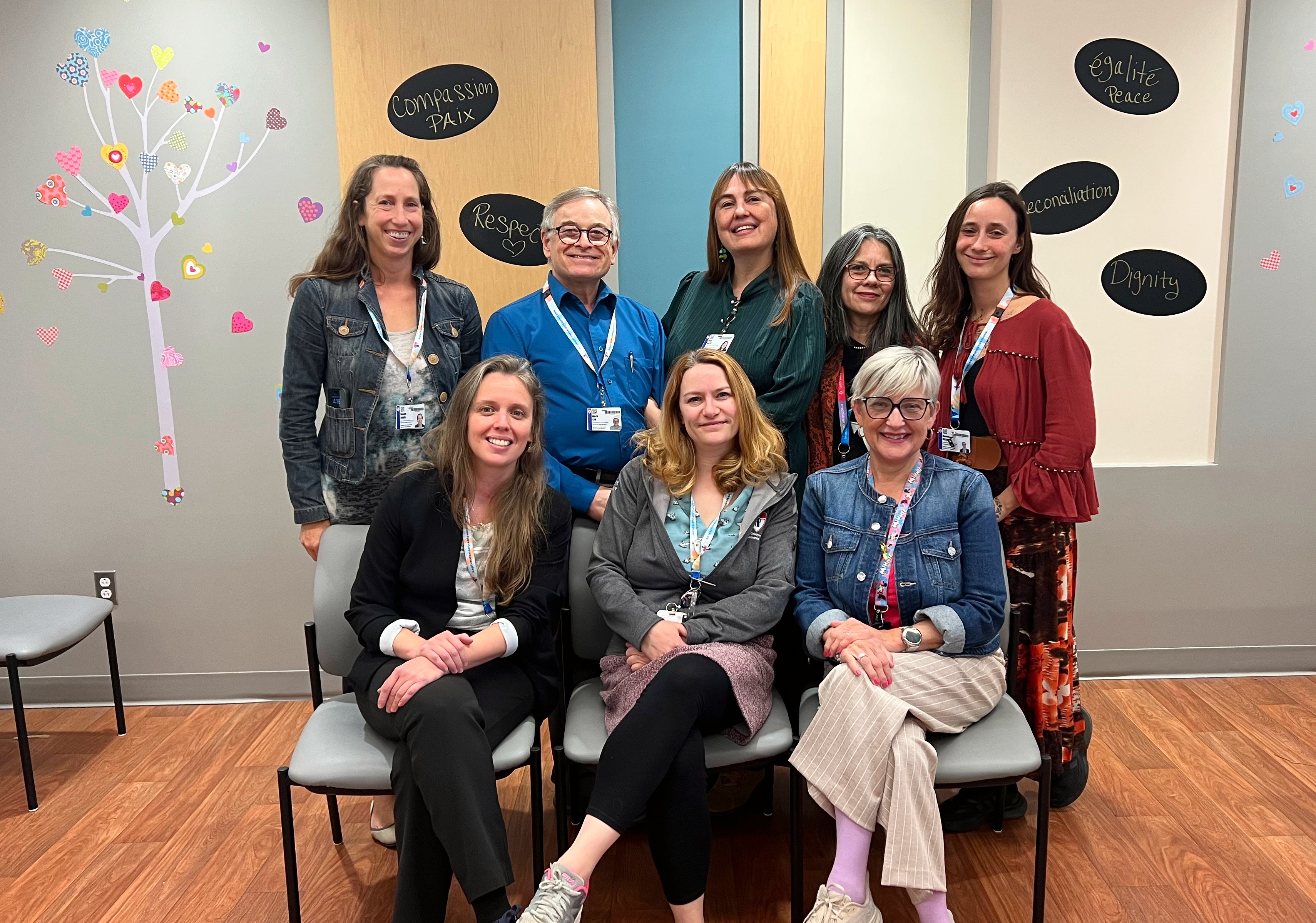
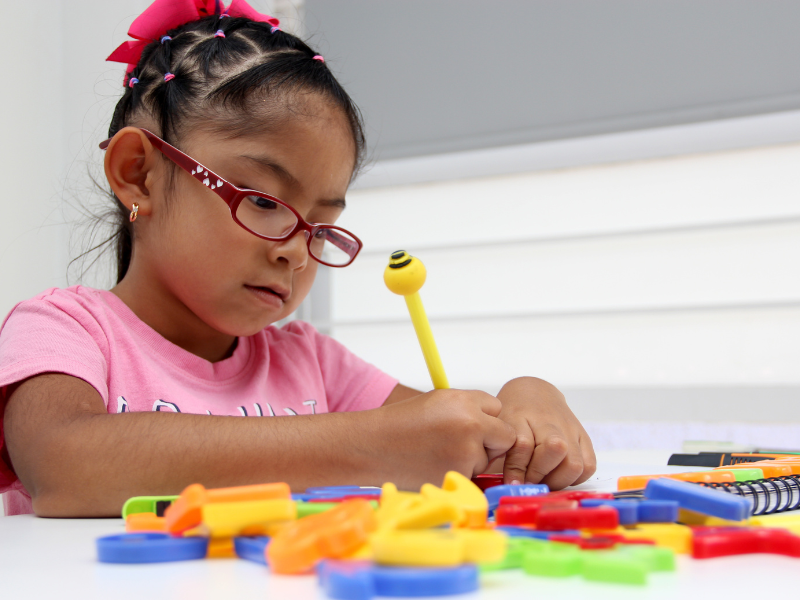
Using artificial intelligence and genetics to predict cognitive development in autistic children
23 April 2025
Can we accurately predict if a child evaluated for autism will later develop an intellectual disability? In a new study of 5,633 children from three North American cohorts, two clinician researchers developed an innovative predictive model that combines a wide range of genetic variants with data on the stages of early childhood development. The goal of this study was to obtain reliable information as early as possible to predict the children’s developmental trajectory and thus offer more proactive support to those who may need it.
This study marks an important turning point in the use of genomics data: instead of being used to explain a developmental condition that was previously observed, genetic testing is used to predict future development.
A model to support clinical judgement
This study draws from the research team’s significant experience in genetics and in child psychiatry. The study originated from the clinicians’ desires to respond to the preoccupations of many parents, and help them better understand and anticipate their child’s development.
“In some children, first signs of autism can be observed as early as 18 months of age,” explains Dr. Vincent-Raphaël Bourque, the study’s first author, senior medical resident in Child and Adolescent Psychiatry at Montreal Children’s Hospital and PhD candidate at Centre de recherche Azrieli du CHU Sainte-Justine. “While autism may be diagnosed early on, it remains difficult to foresee the child’s future developmental trajectory in the medium and long term. Many parents wonder whether their child will develop an intellectual disability, which occurs in 10 to 40 percent of autistic children, and only becomes apparent around the age of six to eight years.”
Currently, doctors rely primarily on monitoring the acquisition of early developmental milestones, such as the acquisition of language and walking, to predict the child’s later development. However, these predictions are limited, especially for younger children. Also, we do not know exactly how accurate these predictions are.
As a consequence, the current approach is often simply to wait and see how the child develops. Unfortunately, this can result in a broadening gap between a child’s unique profile of strengths and challenges, the increasing social and academic demands and the support that is offered to the child and their family, which gap may result in high levels of stress. This means that many children could benefit from earlier, more personalized accommodations.
The researchers developed a model that aims to foresee the challenges a child will experience, rather than waiting for their struggles to be overwhelming, to provide more proactive support. By including a large number of genetic variations — including some that are usually considered to have little predictive value — with data on the stages of language and motor development, the study was able to correctly predict 10 percent of the occurrences of intellectual disabilities in the children involved in the study. Additionally, the ability to differentiate between low and high probabilities of intellectual disability was two times greater in children with significant developmental delays.
These findings establish a benchmark and are a promising starting point.
“Research teams are constantly discovering new genetic variations and computational models are becoming more and more powerful,” says Dr. Sébastien Jacquemont, senior author of the study, geneticist and researcher at CHU Sainte-Justine. “So, we can be sure that in the coming years, with cheaper and more readily available genetic testing, our ability to make accurate predictions will increase, allowing more tailored medical care and support that will be accessible to more children.”
Finally, this study pays special attention to measuring the degree of uncertainty, that is, how often predictions were accurate or inaccurate, which is key information when communicating with the children’s families.
“As a medical practitioner, I think it is essential to explain to families the degree of certainty (and uncertainty) of our predictions. It helps them to make better decisions with and for their child,” says Dr. Bourque.

